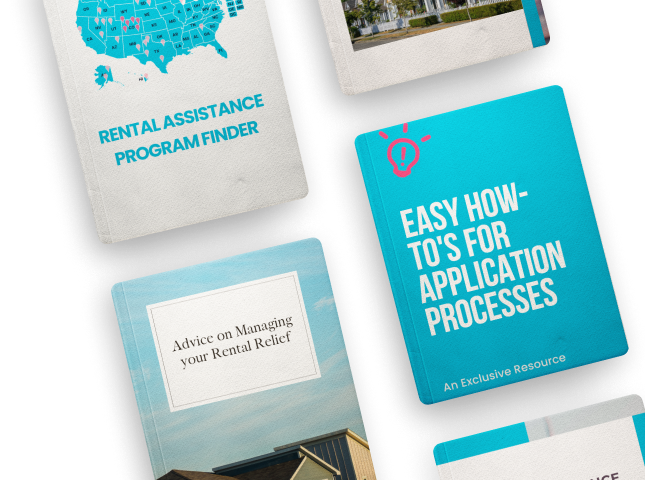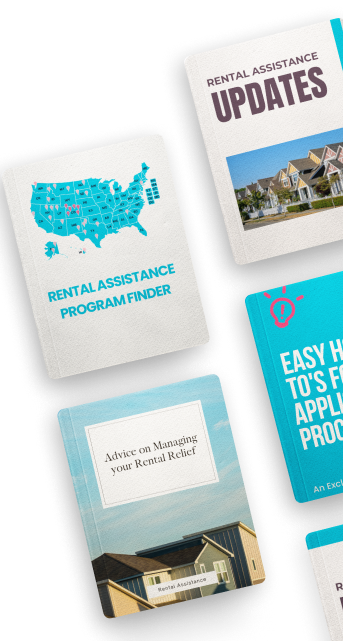Finding Rental Assistance in 2023
Rents continue to rise in 2023. Although rental rate increases have recently slowed, rental price growth is still higher than before 2020. In July, rent prices grew by 0.31% from July 2022, slower than earlier in 2023 but still rising.
With renters continuing to face higher costs, more people are looking for assistance in 2023. Luckily, there are a few options, including the federal government’s efforts to provide rental assistance programs.
Rental Rates in 2023
More than 35% of U.S. households currently rent. In the last two years, it has become more expensive to do so. Several factors have led to rising rents in recent years.
With higher inflation, the costs of maintaining rented houses and apartments have increased, and landlords tend to pass on these costs to renters. There has also been a shortage of affordable housing, which drives prices upward. In addition, COVID rent freezes have stopped, while there is increased demand for apartments.
Yet, higher rental costs have leveled off in the second half of 2023. There was an almost 2% year-to-year increase in rents from May to June, but in June, rents increased by only 0.50% compared with last June. In July, rental rates lowered to a 0.31% increase. Rents are still rising but not as fast.
The biggest reason for this trend is that more housing is available, especially new apartments. About 500,000 new units are coming out this year, with another 500,000 due in 2024. This new construction has eased some of the rental pressures but not solved them.
The median rental price is currently $2,038, only slightly less than the peak level of $2,053 in August 2022. Rental pressure is also higher in certain cities, such as Charlotte, North Carolina, and Boston, Massachusetts.
Renters are thus still in need of assistance in 2023.
Rental Assistance Programs
In July 2023, the Biden Administration announced a Renters Bill of Rights and Housing Supply Action Plan to provide relief and assistance to renters. Increasing the supply of affordable housing and tenant protections are central elements of these programs.
The National Housing Trust Fund Program is one source of existing support for renters. This federal program is already in place to protect and increase affordable housing with a focus on rental housing for low-income households. This program distributes funds to states for building and preserving rental housing.
The U.S. Department of Housing and Urban Development (HUD) also provides rental assistance programs. HUD provides funds to states, territories, and local governments to help households pay for rent. Through subsidies, this department also enables apartment owners to provide lower rents to tenants. Apply for HUD assistance here >>
USAGov provides programs where renters can apply for housing choice vouchers to help pay for rent, get help with finding subsidized housing, and apply for public housing. Renters can also find programs for veterans and those with a disability.
These federal programs represent major forms of rental assistance and relief.
Non-Federal Forms of Rental Assistance in 2023
Additional non-federal rental assistance programs exist too. The National Council of State Housing Agencies (NCSHA) is a nonprofit organization that advocates for the states’ Housing Financing Agencies. The NCSHA seeks to protect and extend the efforts of state agencies to provide affordable housing, especially for low- and middle-income households.
Although not a direct form of assistance to renters, the NCSHA indirectly supports the structure of how people find affordable housing in each state.
National CORE is another form of rental assistance. This organization is a nonprofit housing developer focused on building affordable housing communities. Through its Hope through Housing Foundation, National CORE also provides services to low-income residents of apartment communities.
Most cities also have departments of housing that can directly help renters. This form of assistance is helpful to all renters, but especially those in higher-cost cities. Charlotte’s Housing Services Division, for example, partners with nonprofit organizations to help address the problem of affordable housing.
Rental Help in 2023
Renters in 2023 can look to federal, state, city, and nonprofit rental assistance programs to help meet the continuing costs of renting.












